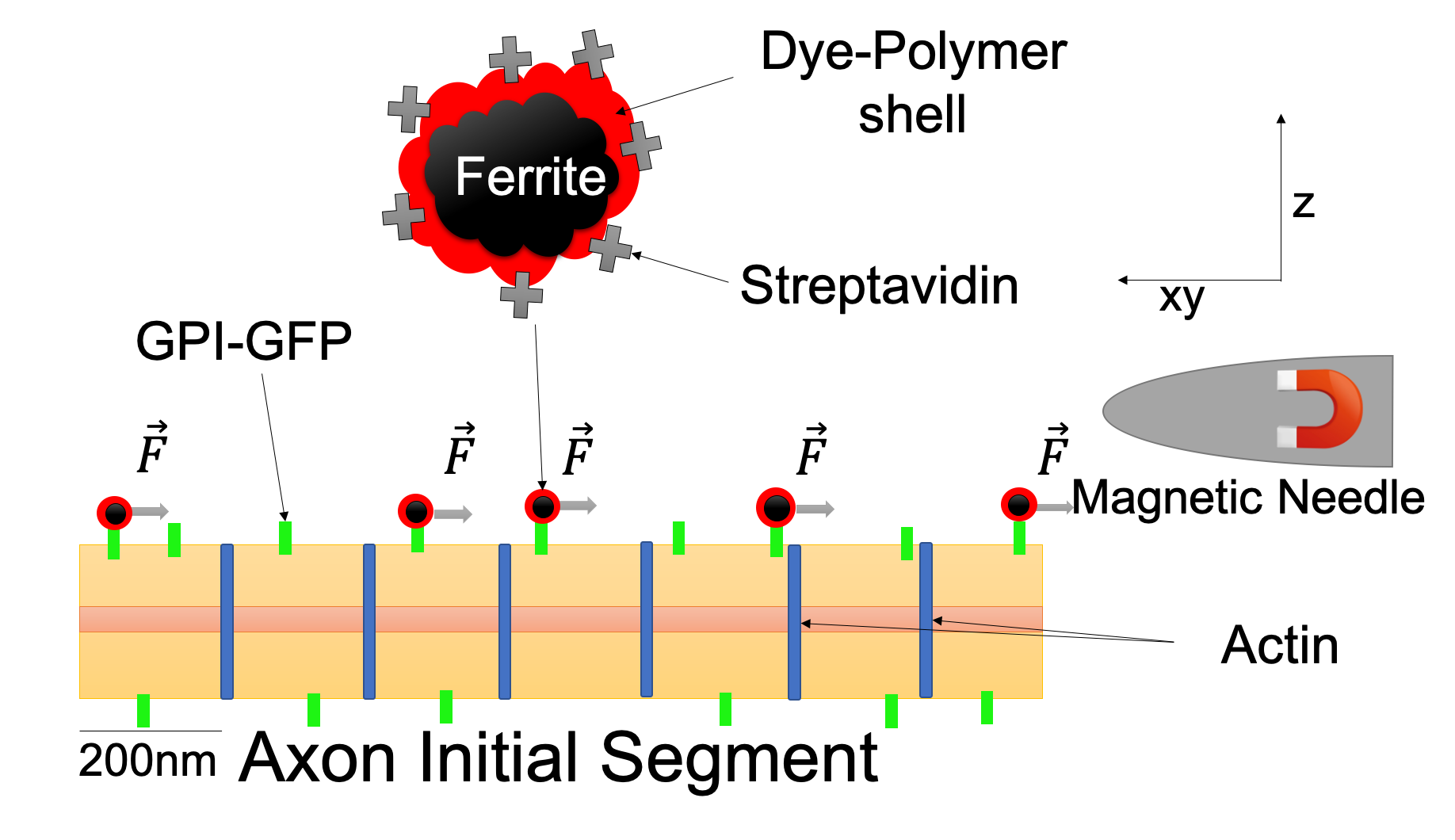Yale University
PhD Student
Supervisor: Damon Clark
University of Toronto
Remote Medical Biophysics Research Student
Supervisor: Maged Goubran
· Collaboration with Li Ye (Scripps Research) and Ailey Crow (Stanford) to apply modern
deep-learning techniques for single-axon tracing in light microscopy for multimodal image registration with
diffusion MRI and connectivity analysis
· Developed and implemented pipelines for data preparation, labelling, training, and inference on local and
remote Compute Canada high-performance computing hardware
· Tested different deep-learning architectures including U-net and flood filling networks
Volunteer position conducted remotely due to COVID-19
Nanyang Technological University/University of Calgary
Remote Undergraduate Researcher
Supervisor: Siew Ann Cheong and Jörn Davidsen
· Initiated collaborations between the Complexity Institute and the Complexity Science Group studying systematic risks of financial portfolio overlap and criticality in the stock market
· Developed and implemented numerical simulations modelling financial portfolios on a bipartite network with
varying degrees of overlap and unique trading dynamics to study cascades of portfolio re-balancing
· Analyzed simulated and real-world data from a statistical physics point of view
Funded by the University of Calgary in lieu of the Mitacs Globalink Research Award due to COVID-19. This work resulted in an oral presentation at a national conference and is continued towards an Honours Thesis.
University of Calgary
NSERC Undergraduate Research Student
Supervisor: Jörn Davidsen
· Demonstrated criticality on various real biological neural networks while undergoing the branching process
with spontaneous activity
· Implemented numerical simulations and applied statistical data analysis and visualization to classify the
resulting dynamics into specific universality classes
· Implemented high-performance computers to parse diffusion MRI data for generating networks with up to 14
million nodes.
This work resulted in 2 presentations at regional conferences and was funded by the Natural Sciences and
Engineering Research Council of Canada Undergraduate Student Research Award
Freie Universität Berlin
DAAD-RISE Undergraduate Research Student
Supervisor: Helge Ewers and Jia Hui Li
· Developed a new method combining directed manipulation of membrane proteins by fluorescent magnetic
nanoparticles with super-resolution microscopy to investigate nanoscale biological structures
· Demonstrated that neuronal actin forms evenly spaced ring-like structures following a periodicity of ∼180-190
nm along axonal shafts using light microscopy
· Developed analysis code as well as a deep-learning pipeline using MASK-RCNN to identify cellular structures
within images
This work resulted in 1 manuscript in Nature Communications, 1 conference proceedings paper, as well
as 4 presentations at international, national, and local conferences. This work was funded by the Deutscher
Akademischer Austauschdienst and Mitacs
University of Calgary
Optical Imaging Assistant
Supervisor: Pina Collarusso and Rima-Marie Wazen
· Developed pipelines for computational super-resolution microscopy image reconstruction and analysis via
traditional and deep-learning methods
· Demonstrated that human telomeres form t-loop like structures at a nanometer scale using light microscopy
This work resulted in 1 presentation at a local symposium and was funded by Canada Summer Jobs.




